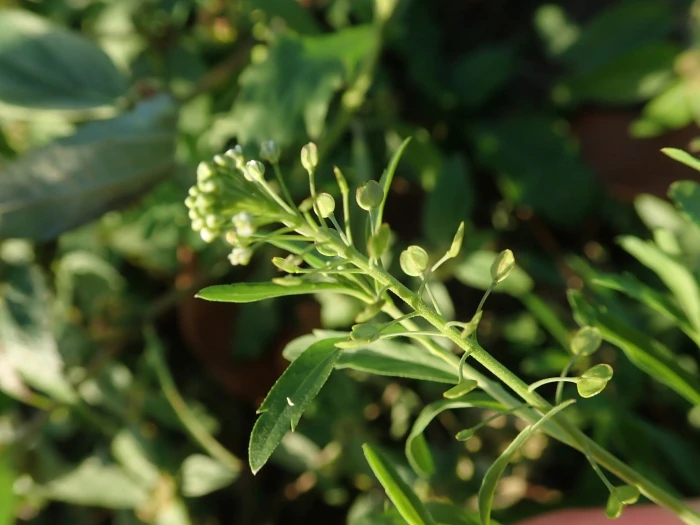Virginia Pepperweed
(Lepidium virginicum)
Virginia Pepperweed (Lepidium virginicum)
/
/

Daniel Cahen
CC BY 4.0



















Estimated Native Range
Climate Requirements for Wadsworth, Ohio
| This Plant | Your Site | Plant Suitability for Your Location | ||
|---|---|---|---|---|
| • Precipitation | 35" - 42" | 38" | Aquatic | Aquatic |
| • High Temp. | 73°F - 92°F | 82°F | Your summer temperatures are normal for this plant. | Excellent |
| • Low Temp. | 21°F - 51°F | 17°F | Your winter temperatures are normal for this plant | Excellent |
Summary
Virginia pepperweed is known for its hardiness and ability to thrive in poor, dry soils, making it a low-maintenance option for gardeners. It is often used in wildflower meadows, as a filler in borders, or for naturalistic plantings. In cultivation, it requires full sun and well-drained soil. While it can be an aggressive self-seeder, this characteristic also makes it easy to propagate. It is sometimes grown for its edible leaves and seeds, which have a peppery flavor and can be used in salads or as a spice. However, gardeners should be cautious, as it can become weedy and potentially invasive outside its native range.CC BY-SA 4.0
Plant Description
- Plant Type: Herb
- Height: 0.25-1.1 feet
- Width: 0.5-0.75 feet
- Growth Rate: Rapid
- Flower Color: White
- Flowering Season: Spring, Summer, Fall
- Leaf Retention: Deciduous
Growth Requirements
- Sun: Full Sun
- Water: Low, Medium
- Drainage: Fast, Medium, Slow
Common Uses
Edible*Disclaimer: Easyscape's listed plant edibility is for informational use. Always verify the safety and proper identification of any plant before consumption., Low Maintenance
Natural Habitat
native to a variety of habitats including open woodlands, fields, and disturbed areas across much of North America, from the United States and southern Canada to Mexico
Other Names
Common Names: Virginia Pepperweed, Wild Peppergrass, Peppergrass, Poor-Man’s-Pepper, Poorman Pepperweed
Scientific Names: Lepidium virginicum, Conocardamum virginicum, Crucifera virginica, Dileptium praecox, Dileptium virginicum, Discovium gracile, Discovium ohiotense, Iberis virginica, Iberis virginica
GBIF Accepted Name: Lepidium virginicum